An ankle sprain is a common injury that we see at our Galway City physiotherapy clinic. Most commonly seen is the inversion-type sprain (when the ankle rolls out from underneath you) which implicates the lateral ligament complex on the outside of the ankle. Lateral ligament injuries represent approximately 85% of all ankle sprains. The incidence of ankle sprain is highest in sports populations. Poor rehabilitation after an initial sprain increases the chances of this injury recurrence and chronic ankle dysfunction.
The ankle joint is the body part that is second most likely to be injured in sport. In the United States of America, the total cost of ankle sprains is approximately $2 billion.
Lateral ankle sprains usually occur during a rapid shift of our bodies center of gravity body over the landing or weight-bearing foot. The ankle responds by rolling outward, whilst the foot turns inward causing the lateral ligament to stretch and tear. When a ligament tears or is overstretched its previous elasticity and resilience rarely returns without physiotherapy input. Some researchers have described situations where return to play is allowed too early which compromises sufficient ligamentous repair.
Physiotherapy is required with functional therapy of the ankle shown to be more efficient than immobilisation. Functional therapy treatment can be divided in 4 stages, moving onto to the next stage as tissue healing allows:
We treat all foot and ankle injuries here at West Coast Physio. Our team are highly trained to identify the problem and provide the patient with the best and easiest solution. If you’re concerned about your injury, please give us a call and we will guide you about the best recovery pathway that suits you.
PHYSIOTHERAPY IS AN ESSENTIAL HEALTH SERVICE
During this pandemic, chartered physiotherapists at West Coast Physio will continue to provide services while following all relevant government COVID-19 guidelines to keep you safe during your visit, including screening for COVID-19 before each treatment.
Disclaimer: The information provided on this website is for informational purposes only and should not be treated as medical advice. If you have any questions about your condition, please do not hesitate to give us a call.
